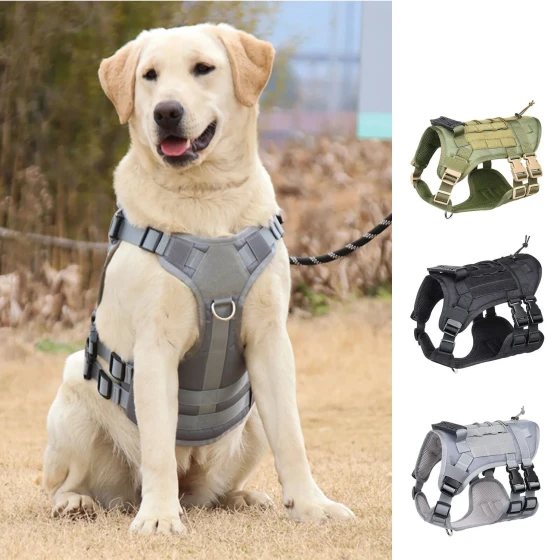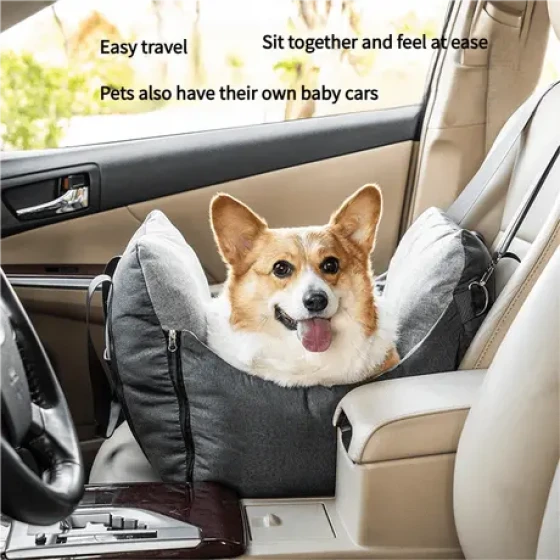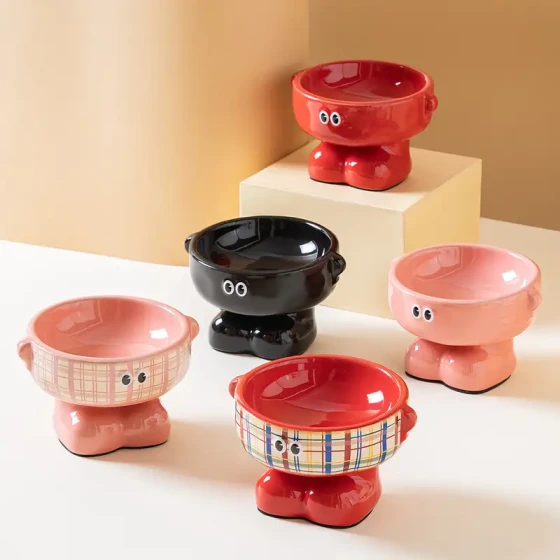Labrador Training Methods, Four Training Experience Summaries
Nowadays, with improving living standards, more people pursue spiritual satisfaction. Raising pet dogs is one example, and the cute and obedient Labrador has won the favor of many dog lovers. How should we train it to enhance the close interaction between the dog and the owner?
① When training a young Labrador, you cannot expect it to quickly and correctly obey every command from the start. This is like forcing a child to grow too fast and is unreasonable. However, during the raising process, you must promptly remind it of what it cannot do and never be lazy or indulgent. This way, as it grows, it can better learn the goals to achieve. Otherwise, it will be very difficult to correct mistakes later because it will already think those behaviors are correct. If there is a wrong behavior, you need to detect it promptly and help correct it. Appropriate punishments might be necessary here, such as pulling the collar on the dog's neck, sternly scolding, or lightly tapping it.
② During training, as long as you see the Labrador is trying hard to follow your commands, you should encourage it gently with soft words and actions to do better and faster. Sometimes you can also use food for inducement training. But if you intimidate or scold it, you will only get the opposite effect.
③ During training, it is best if the owner personally feeds and cares for the dog. With every feeding or interaction, the attitude should be positive and flexible, speaking clearly and gently. During daily necessary grooming and cleaning, play and have fun with the Labrador to gradually eliminate the dog's defenses and curiosity towards the owner, allowing it to become familiar with the owner's voice, scent, and movement traits. Over time, when the dog expresses its desire for closeness to the owner, it shows that the effort has not been in vain.
④ There are many training items for the Labrador, but the owner can choose according to their needs and the dog's capacity. For example: free following, sit, lie down, stand, come, fetching or placing items at designated spots, jumping, pouncing, tracking, guarding, etc. Labradors generally begin to develop cognitive ability and focus around three and a half months old. (Different dogs develop at different times, so there is no need to worry if training starts later.)





